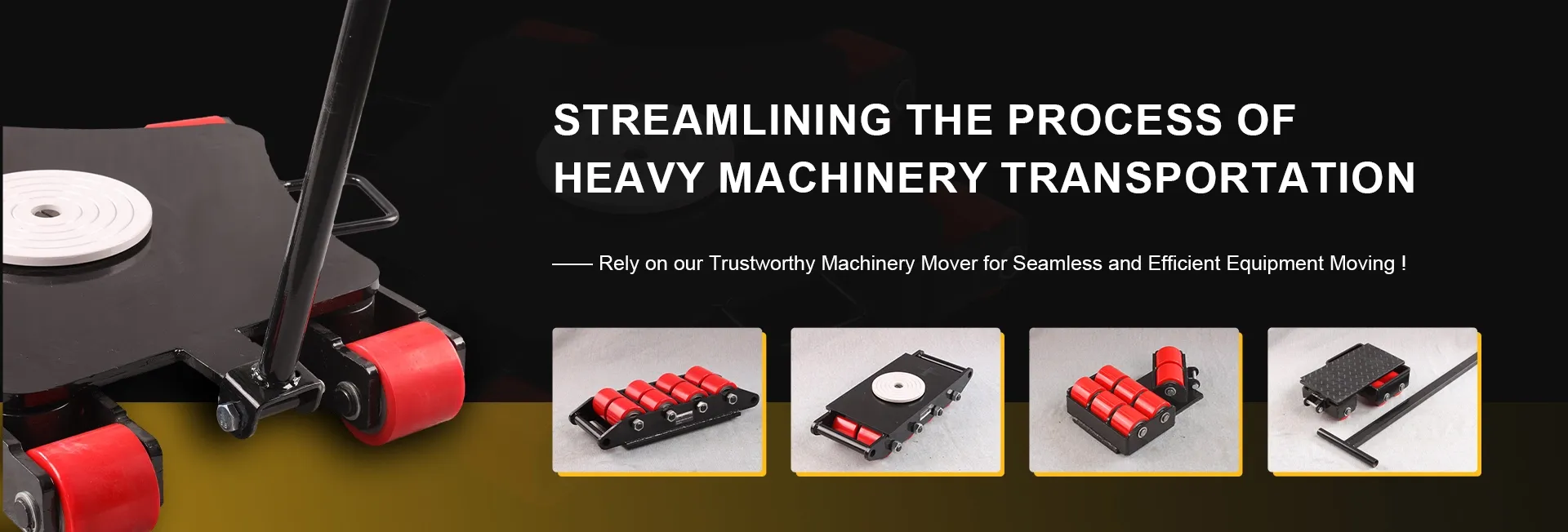Jul . 11, 2024 02:49
Back to list
twin gantry crane for heavy lifting tasks in industrial settings
Double gantry cranes are a type of crane that feature two separate bridge cranes running on parallel rails, providing increased stability and lifting capacity. These cranes are commonly used in industrial settings, particularly in settings where heavy loads need to be lifted and moved with precision.
One of the main advantages of double gantry cranes is their ability to lift and transport extremely heavy loads. The dual bridge design allows for a higher lifting capacity, as the weight of the load is evenly distributed between the two cranes. This makes them ideal for applications such as moving large machinery, steel beams, or containers.
In addition to their lifting capacity, double gantry cranes also offer improved stability compared to single gantry cranes. The parallel rails on which the cranes run help to evenly distribute the weight of the load, reducing the risk of tipping or overturning. This is particularly important when working with heavy or oversized loads that require precision and control during lifting and transportation.
Another benefit of double gantry cranes is their versatility

double gantry crane. The two separate bridge cranes can be operated independently or in tandem, allowing for greater flexibility in lifting and moving loads. This makes them well-suited for a wide range of applications, from loading and unloading cargo at ports to moving materials in manufacturing facilities. Double gantry cranes are also known for their efficiency and reliability. The two cranes can work together to lift and transport heavy loads quickly and safely, helping to streamline operations and reduce downtime. Additionally, these cranes are built to withstand heavy use and harsh working conditions, making them a durable and long-lasting investment for companies in need of heavy lifting capabilities. In conclusion, double gantry cranes are a valuable asset for industrial operations that require high lifting capacities, stability, and versatility. With their dual bridge design, these cranes offer increased lifting capacity, improved stability, and greater flexibility in handling heavy loads. Their efficiency, reliability, and durability make them a smart choice for companies looking to enhance their lifting and transporting capabilities.

double gantry crane. The two separate bridge cranes can be operated independently or in tandem, allowing for greater flexibility in lifting and moving loads. This makes them well-suited for a wide range of applications, from loading and unloading cargo at ports to moving materials in manufacturing facilities. Double gantry cranes are also known for their efficiency and reliability. The two cranes can work together to lift and transport heavy loads quickly and safely, helping to streamline operations and reduce downtime. Additionally, these cranes are built to withstand heavy use and harsh working conditions, making them a durable and long-lasting investment for companies in need of heavy lifting capabilities. In conclusion, double gantry cranes are a valuable asset for industrial operations that require high lifting capacities, stability, and versatility. With their dual bridge design, these cranes offer increased lifting capacity, improved stability, and greater flexibility in handling heavy loads. Their efficiency, reliability, and durability make them a smart choice for companies looking to enhance their lifting and transporting capabilities.
Latest news
-
Dawei Hand Pallet Truck 1200mm, 2000–5000 KGS Heavy-DutyNewsNov.17,2025
-
Dawei Hand Pallet Truck, Fork Length 1200mm, 2000–5000kgNewsNov.17,2025
-
Large Equipment Movers – Safe, Insured & On-Time ServiceNewsNov.17,2025
-
Machine Moving Dollies | Heavy-Duty, Low-Profile, SafeNewsNov.17,2025
-
Permanent Lifting Magnet - Heavy-Duty, Safe, Quick ReleaseNewsNov.11,2025
-
PML 1000 Lifting Magnet - Heavy-Duty, Safe, No PowerNewsNov.11,2025
-
Large Equipment Movers: Safe, Fast, Certified ProsNewsNov.11,2025
